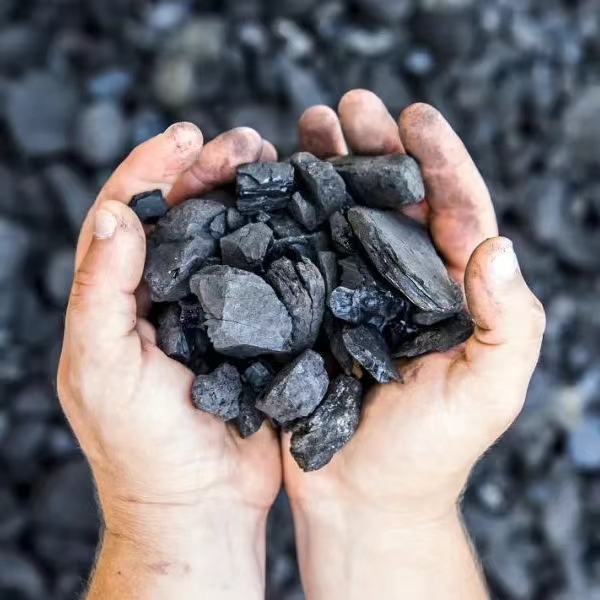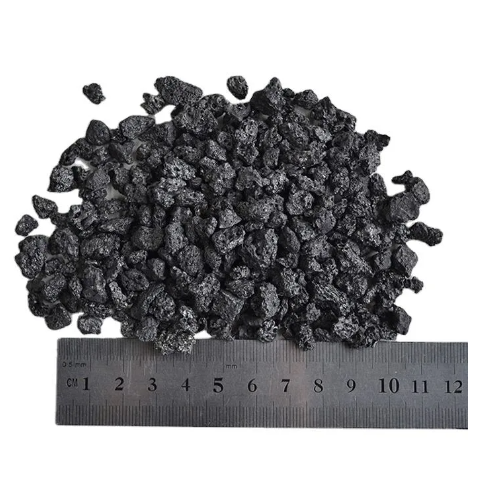Ultra High Power Graphite Electrodes: The Key to Increased Steel Production
The difference between calcined coke and petroleum coke is its appearance
Calcined coke: From the appearance, the calcined coke is black block with irregular shape and different size, strong metal luster, and more permeable carbon pores after calcination.
Petroleum coke: compared with calcined coke, there is little difference in shape between the two, but compared with calcined coke, the metal luster of petroleum coke is weaker, the particle surface is not as dry as that of calcined coke, and the pores are not as permeable as that of calcined coke.
Two differences between calcined coke and petroleum coke: production process and index
Petroleum coke: Petroleum coke is a product transformed by distillation of crude oil after separating light and heavy oil, and then through the process of hot cracking. The main element composition is carbon, and the rest are hydrogen, nitrogen, sulfur, metal elements and some mineral impurities (water, ash, etc.).
After calcined coke: Calcined coke is made from petroleum coke, and raw material calcination is an important process in carbon production. In the process of calcination, a series of changes will occur in the structure and element composition of the carbon raw material. Most of the volatile matter and water in the raw material can be removed by calcination. Carbon volume shrinkage, density increase, mechanical strength will also become stronger, thus reducing the product in the calcination of the secondary shrinkage, the more fully calcined raw materials, the more favorable to product quality.
The difference between calcined coke and petroleum coke is three: its use
Calcined coke: calcined coke is mainly used for prebaking anode and cathode for electrolytic aluminum, as carburizer, graphite electrode, industrial silicon and carbon electrode for ferroalloy in metallurgical and iron industry.
Needle coke in petroleum coke is mainly used in high power graphite electrode, sponge coke is mainly used in steel industry and carbon industry.
Recent Posts

undefined




 Quote Now
Quote Now
